Suspension Bridges Unveiled: Where Engineering Meets Elegance

Author: MIDASoft
Publish Date: 24 Aug, 2023
What are suspension bridges?
A suspension bridge is a unique kind supported by large main cables suspended between two or more towers, often preferred when spans are too huge and most common types of bridges will be impractical. These main cables are anchored to the ground on either end of the bridge and are under tension, allowing them to support the weight of the bridge deck and any loads, such as vehicles and pedestrians, that traverse the bridge. The deck of a suspension bridge typically hangs below the main cables, held in place by smaller cables or chains that connect the main cables to the deck.
Famous examples of suspension bridges include the Brooklyn Bridge in New York City, the Golden Gate Bridge in San Francisco, and the Akashi Kaikyō Bridge in Japan. These bridges are functional for transportation and iconic structures that have become landmarks in their respective cities.
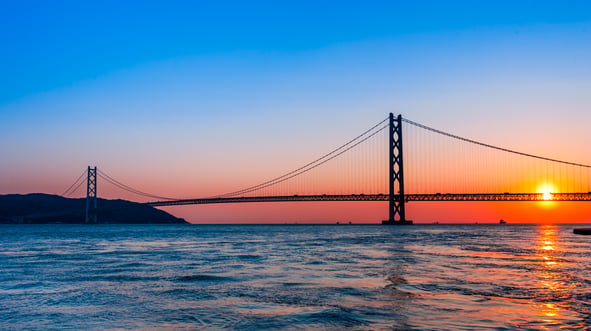
Figure 1: Akashi Kaikyō Bridge, Japan
Bridging the Past: A Journey through the History of Suspension Bridges
The history of suspension bridges dates back thousands of years, with various cultures and civilizations experimenting with designs to span gaps and waterways. In the 18th century, using iron chains to support bridge decks, called the catenary bridges, gained popularity. One of the earliest successful suspension bridges was built in 1739 by French engineer Jacques de Vaucanson across the Rhône River in France.
However, the modern suspension bridge as we know it today began to take shape in the 19th Century, marked by significant developments in engineering and design. One of the most influential figures in the history of suspension bridges was John A. Roebling, who designed the Brooklyn Bridge in New York City in the 1860s. The Golden Gate Bridge in San Francisco, another iconic suspension bridge completed in 1937, featured the longest main span in that era and employed advanced construction techniques, such as riveting and cable spinning.
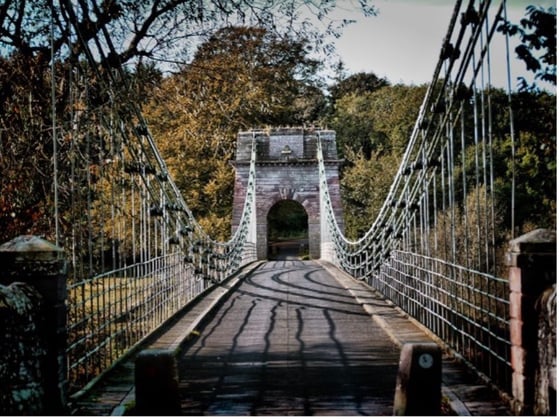
Figure 2: The Union Chain Bridge, the oldest vehicular suspension bridge
With the evolution of powerful tools for analysis like Midas towards the end of the 20th Century, modern suspension bridges like the Russky Bridge in Russia are often characterized by sleek, elegant designs and advanced engineering.
Types of suspension bridges
Suspension bridges are a type of bridge that uses cables suspended from towers to support the main deck or roadway. There are several types of suspension bridges, each with its own design and characteristics. Here are some common types:
Suspended-deck Suspension Bridge
The most commonly available type of bridge in the world. The bridge deck is supported by hanging cables. Very large spans can be constructed with suspension bridges. The main components of suspension bridges are towers, anchor blocks, bridge decks, and cables.
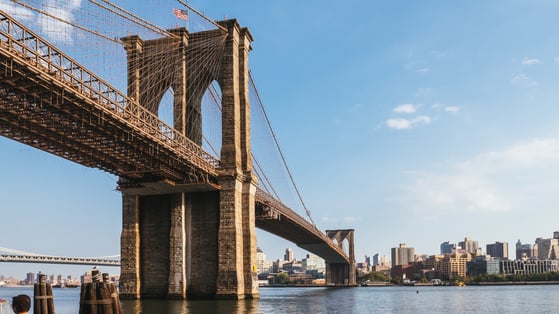
Figure 3: Brooklyn Bridge: Suspended-deck Suspension Bridge
Catenary Suspension Bridge
Also known as a Stress Ribbon Bridge, is a tension structure characterized by a simple cable curve between two main towers. The main deck hangs from the cables like a catenary curve.
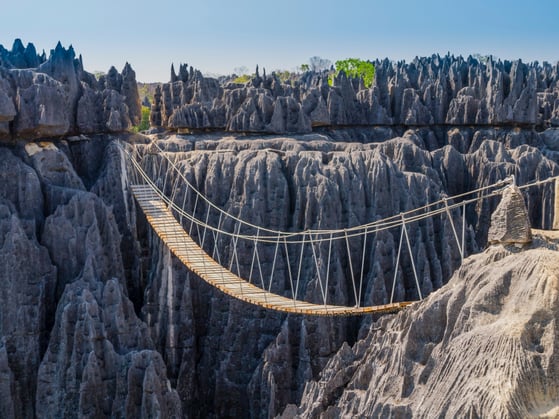
Figure 4: Catenary Suspension Bridge
Self-Anchored Suspension Bridge
Self-anchored suspension bridges are like suspended deck suspension bridges; in this case, the main cables loop over the tops of the towers and then anchor back into the bridge deck, eliminating the need for external anchorages.
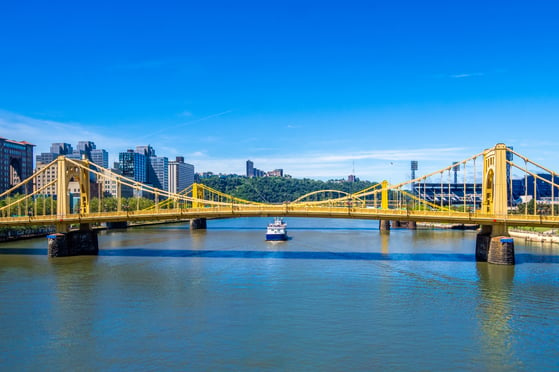
Figure 5: Self-Anchored Suspension Bridge: Three Sisters Bridges, Pittsburgh
Stiffening Truss Suspension Bridge
This type combines elements of both suspension and truss bridges. Trusses are added to stiffen the bridge deck and prevent excessive swaying.

Figure 6: Stiffening Truss Suspension Bridge: Golden Gate Bridge, San Francisco
Crossing the divide: Pros and cons of suspension bridges
Suspension bridges offer several advantages, making them a popular choice for spanning long distances and challenging terrains. Some of the critical benefits of suspension bridges include:
- Long Span Capability: Suspension bridges can cover longer distances between supports than other bridges.
- The flexibility of suspension bridges enables them to sway and absorb forces such as wind, traffic loads, and seismic activity, enhancing the bridge's overall resilience.
- Minimal Impact on Environment: Suspension bridges can be constructed with relatively few piers or supports, reducing the impact on the environment.
- High Clearance for Navigation
- Reduced construction time compared to most bridges, especially when the necessary components are prefabricated off-site and assembled on location.
Now let's cross the divide. Suspension bridges are remarkable engineering feats but also have several disadvantages.
Apart from high maintenance requirements, vulnerability to extreme weather conditions, high initial construction costs, and intricate construction methodology, suspension bridges have certain design limitations due to their characteristic cable-stayed structure.
Suspension bridges are complex structures that rely on intricate engineering principles to ensure stability, safety, and functionality. Here's why suspension bridges require complicated structural analysis software:
- Complex Geometry and Load Distribution: Suspension bridges have unique and complex geometries. Due to the bridge's weight, moving loads, and wind forces, the non-uniform load distribution requires sophisticated mathematical modeling and analysis.
- Suspension bridges exhibit nonlinear behavior under different loading conditions since cables change in shape and pretension forces with deck deflection.
- Suspension bridges are susceptible to resonance and excessive vibrations due to reduced stiffness and the dynamic loads induced.
- Safety and Reliability: Ensuring the safety and reliability of a suspension bridge requires a comprehensive analysis of its structural integrity.
- The nonlinear material behavior under different loads, temperatures, and environmental conditions must be considered during analysis to prevent issues like material fatigue, corrosion, and deformation.
- Due to high indeterminacy and complex geometry, optimization of the bridge for a more efficient and economical design requires sophisticated Finite Element tools.
Analysis of Suspension Bridges
Now, let’s check out how we can analyze these elite structures. The analysis of a suspension bridge is divided into completed state analysis and construction stage analysis.
Initially, the completed state (initial equilibrium state) analysis is performed to check the behavior of the completed bridge under additional loads such as live load, seismic load, and wind loadings when the structure is in balance under self-weight, and the deflection due to the self-weight has already occurred. The initial equilibrium state analysis will provide the coordinates and tension forces in the cables.
In the completed stage analysis, it can be assumed that the bridge behaves linearly for additional loads because sufficient tension forces are induced into the main cables and hangers under the initial equilibrium state loading. Thus, by the linearized finite displacement method, it is possible to perform a linearized analysis for the additional static loads at the completed state by converting the tension forces in the main cables and hangers resulting from the initial equilibrium state loading into increased geometric stiffness of those components, thus simplifying the structural puzzle.
Construction stage analysis is performed to check the structural stability and to calculate section forces during erection. In the construction stage analysis, large displacement theory is applied to formulate equilibrium equations representing the deformed shape. The construction stage analysis is performed in a backward sequence from the state of equilibrium as defined by the initial equilibrium state analysis.
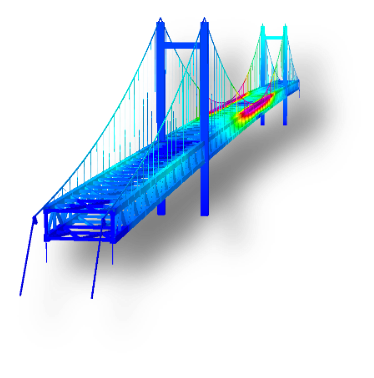
Figure 7: Analytical model of a suspension bridge
How does Midas provide a helping hand when it comes to designing a suspension bridge?
As engineers, we hate monotonous structures and crave something as unique and intricate as suspension bridges in our day-to-day design life, and Midas has your back. Midas Civil assists the engineers from the early stage of modeling and optimizing the cable forces to design the complete bridge.
Suspension Bridge Wizard
Let me introduce you to the Midas Suspension Bridge Wizard, which cuts down the modeling time by generating the 2D and 3D models with few primary inputs and calculating the undeformed cable lengths simultaneously. Once the models are created, the user can revise the model file for the specific project.
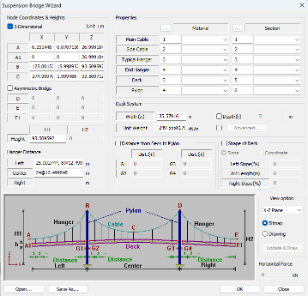
Figure 8: Midas Suspension Bridge Wizard
Suspension Bridge Analysis Control
The suspension bridge model created from Suspension Bridge Wizard is modified to suit the user’s intention and analyzed again to determine an accurate initial configuration. The Suspension Bridge Analysis Control feature calculates the cable coordinates and initial member forces satisfying the initial equilibrium state for the modified model.
This process is required for a self-anchored suspension bridge, as the coordinates of the entire cable system are changed by the axial displacement occurring in the deck.
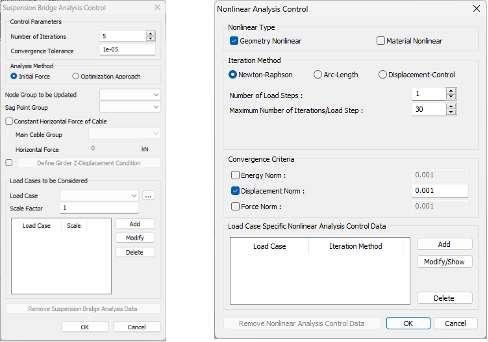
Figure 9: a) Suspension Bridge Analysis Control b) Nonlinear Analysis Control
Nonlinear capabilities
Midas Civil is well known for their Nonlinear analysis capabilities. Users can specify the iteration method and convergence conditions for performing a nonlinear analysis reflecting large displacement and material nonlinear analysis. Large displacement and material nonlinear analyses can be performed on Truss, Plate, Plane Stress, Plane Strain, Axisymmetric, and Solid elements.
What’s next?
As technology advances and our understanding deepens, the suspension bridge's story is far from over, and the saga of human innovation continues to unfold, one magnificent span at a time.
Stay tuned for more exciting bridges in the upcoming blogs.

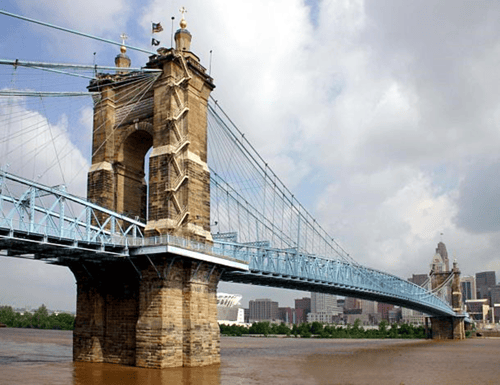
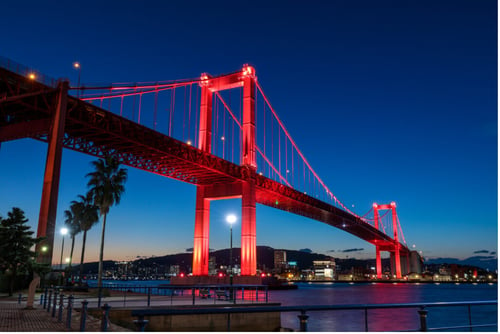
Add a Comment